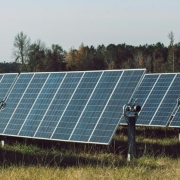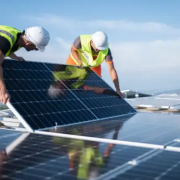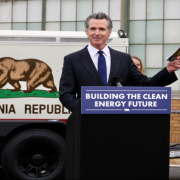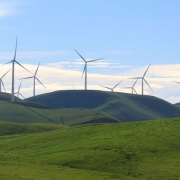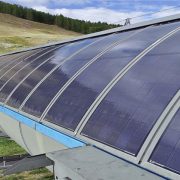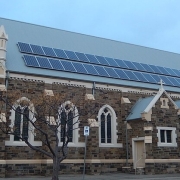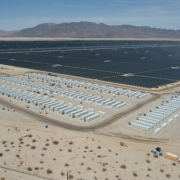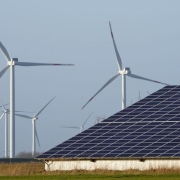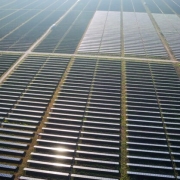Community solar advocates are applauding the California Senate Budget Committee (CSBC) for proposing a $400 million community solar and storage investment in the updated Budget and Fiscal Review, released on May 25.
Earlier this week, a coalition of environmental and environmental justice advocates submitted a letter to legislative leadership, requesting the $400 million appropriation from Clean Energy Reliability Investment Plan (CERIP) funding. The groups specifically urged the legislature to fund projects that deliver bill savings for low-income customers and increase local reliability in low-income and marginalized communities.
Click here to read the full article
Source: Solar Power World
—
If you have any questions or thoughts about the topic, feel free to contact us here or leave a comment below.

